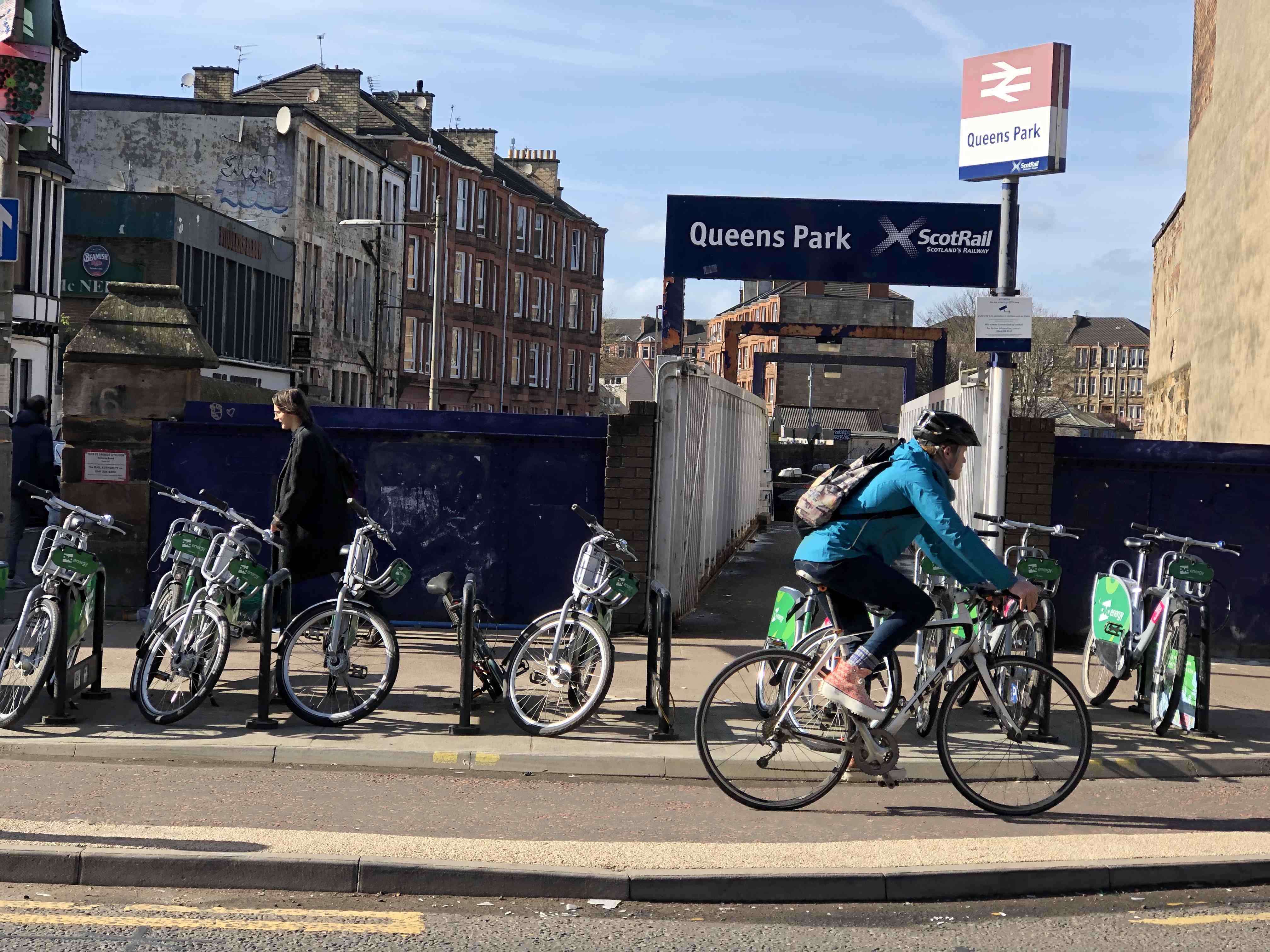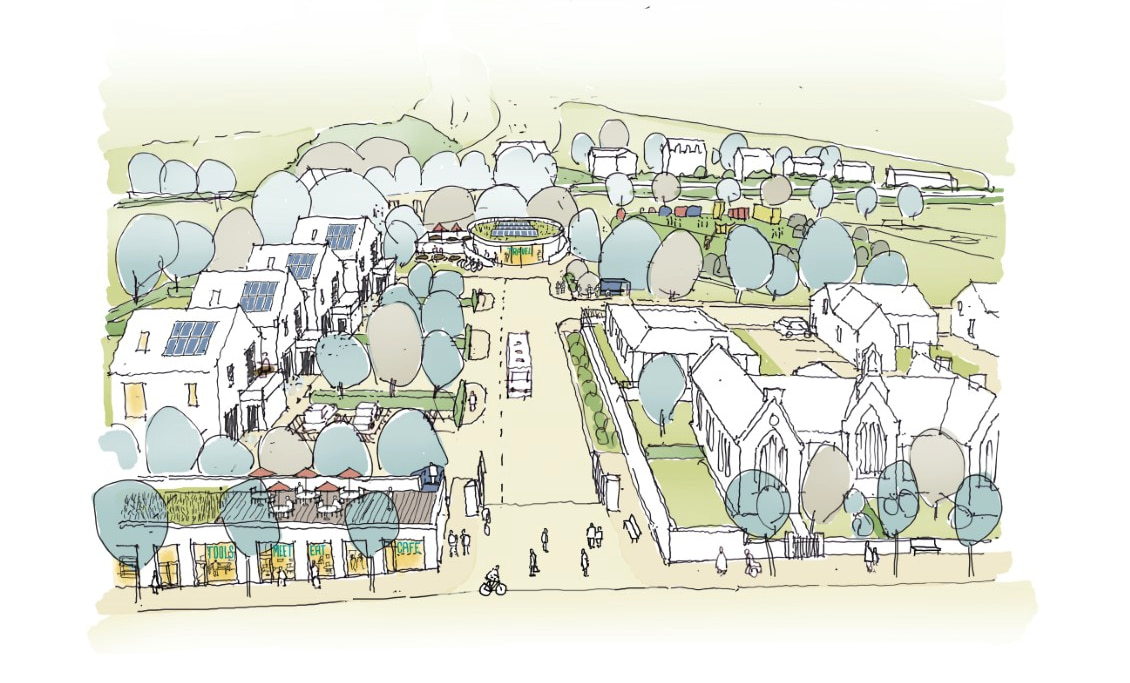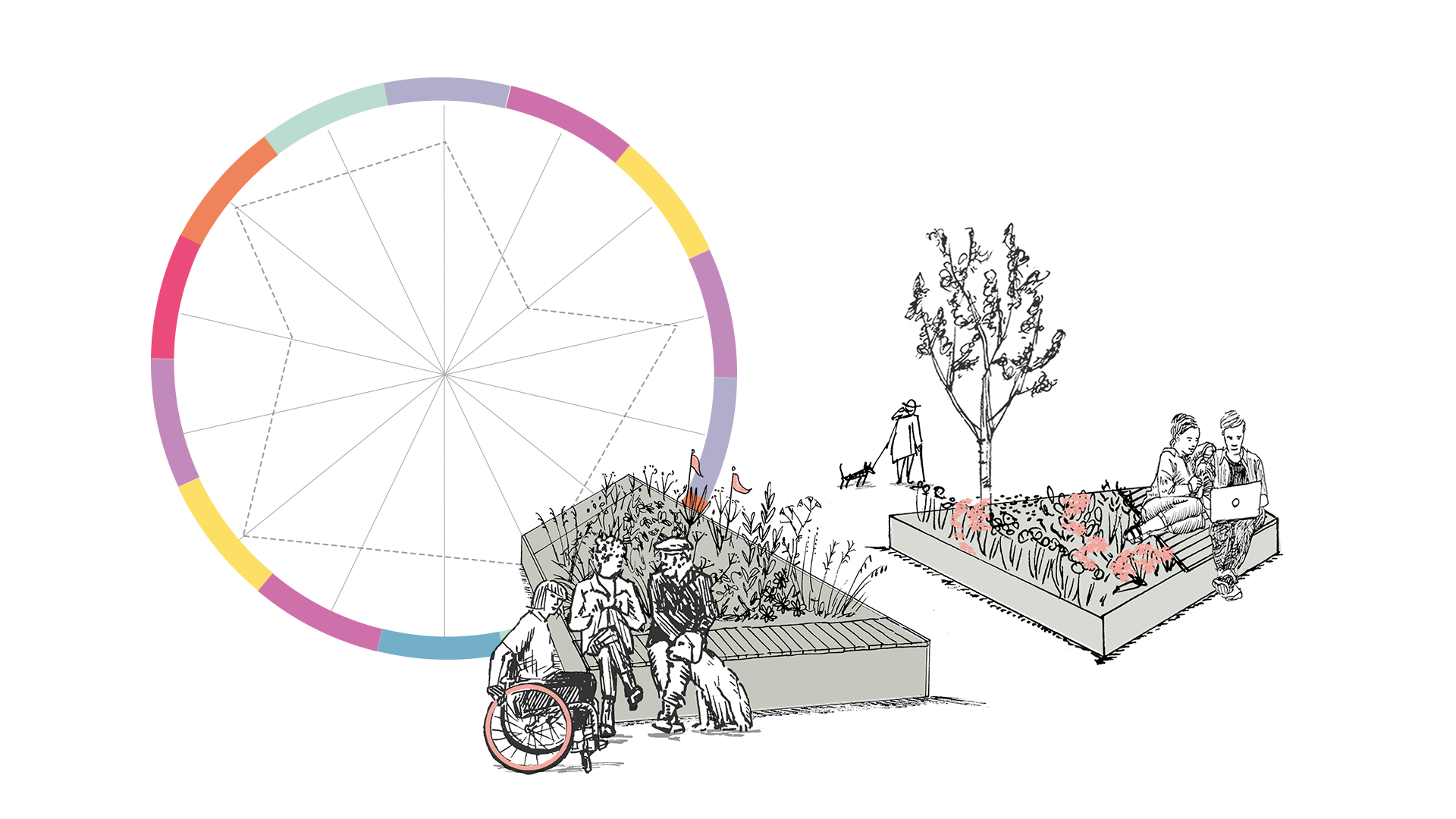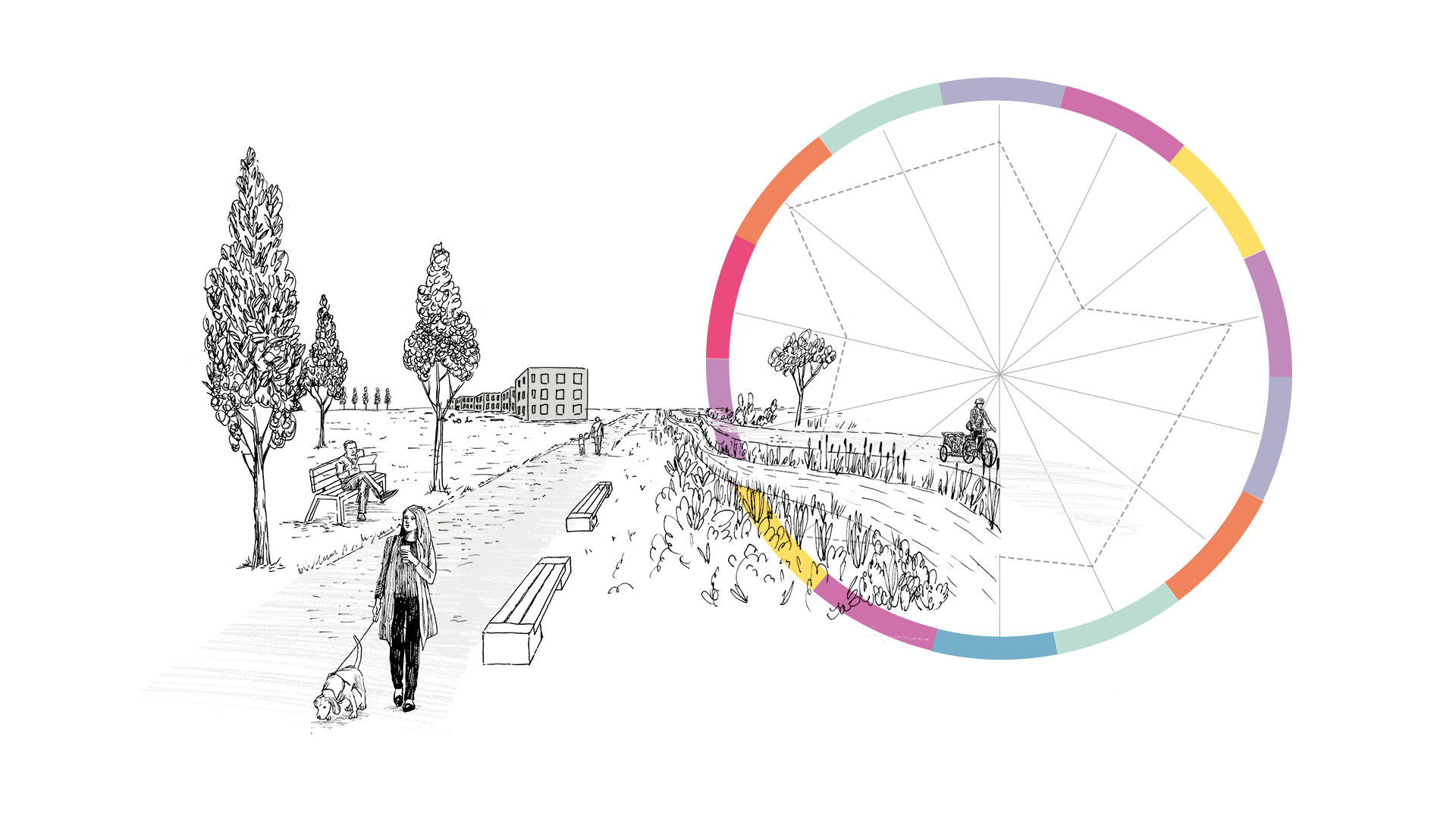This case study shares how Glasgow City Council has planned change in the city’s South Central district using the Place Standard tool. It explores how professional and community groups have worked together to improve the area’s nine neighbourhoods for those who live and work there.
Across six short videos, we hear from those involved at each step along a journey that began in 2020. We explore their aims, experiences and outputs in an evolving stage-by-stage picture of a local planning process. And we share reflections and lessons learned from the experience to date. We will be updating this case study as the project evolves.
What this case study covers
Jump to sections that interest you, or scroll through stage-by-stage.
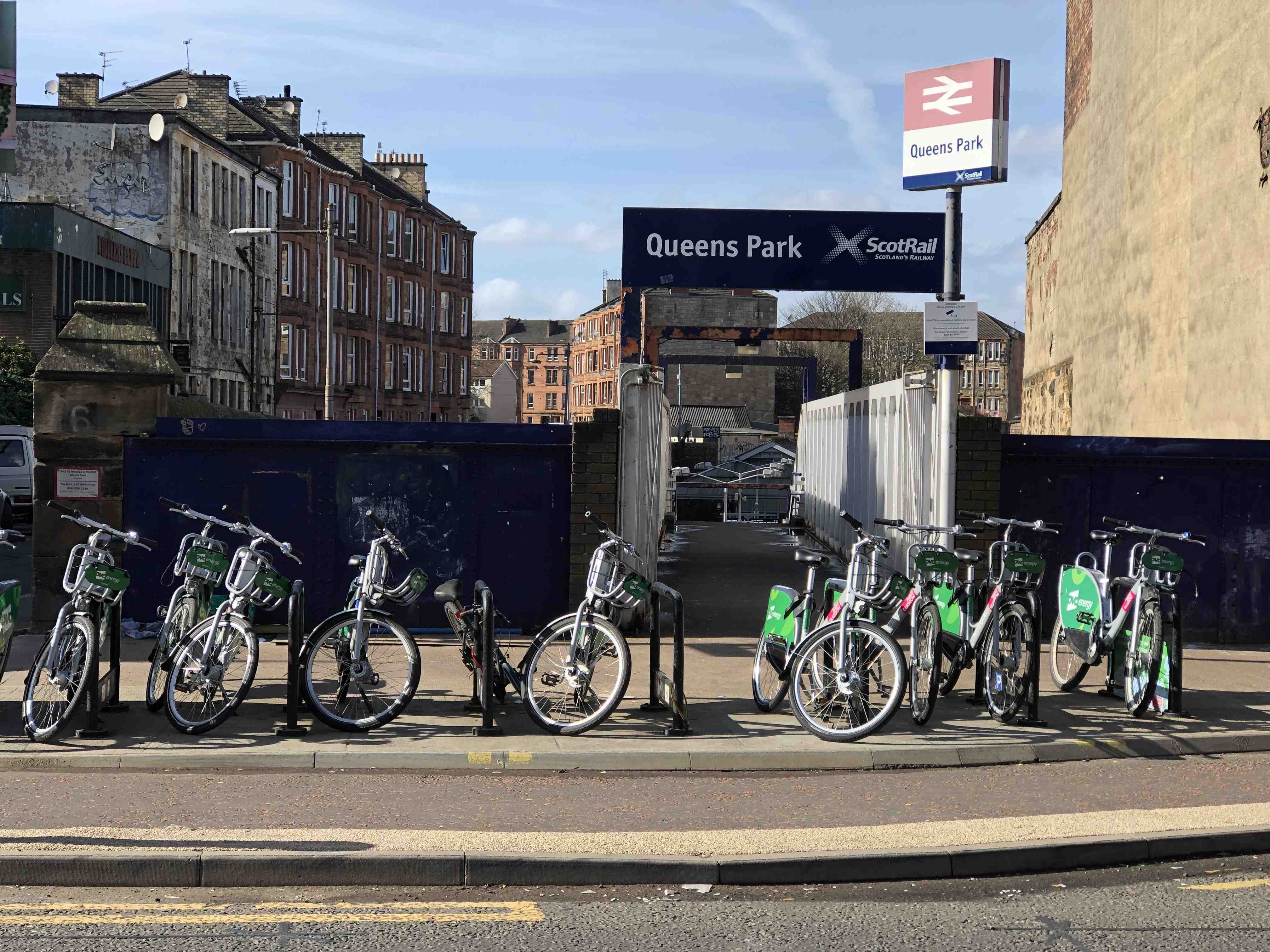
What you will learn
In these videos you can expect to find out:
-
how and when community groups were involved and their influence
-
how the planning process flexed to build on local knowledge and to more accurately identify local needs
-
the role of the Place Standard tool in the process and how this was followed up to help improve outcomes for community health and wellbeing
-
how participatory workshops helped with prioritisation and action planning
-
how scenario workshops helped plan for the impact of climate change
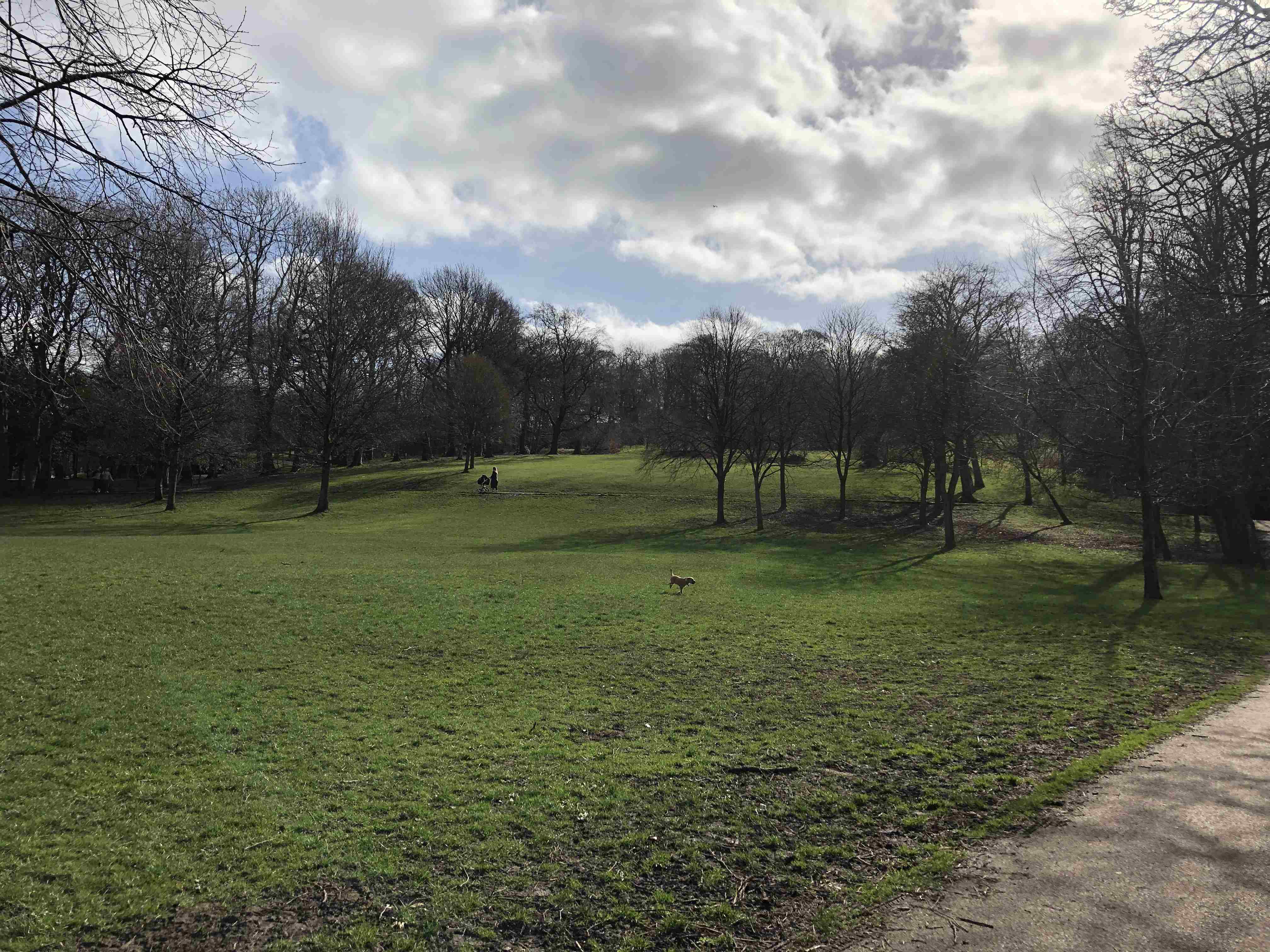
Key takeaway: stage 1
The council prioritised climate change and community empowerment from the outset. It underpinned this focus with a partnership approach and a clear policy framework to follow through with.
Key takeaway: stage 2
The council documented the Place Standard consultation well. It also communicated this visually so community members can see their views captured in a meaningful and accessible way.
Stage 3: participation in design
Stage 3 reflects on how the Place Standard tool findings were developed and tested in a series of place-based workshops. These involved members of the community, council officers and national key agency officers.
The workshops brought a focus on priority themes including the climate emergency, 20-minute neighbourhoods and the impacts of city-wide transport infrastructure.
Key takeaway: stage 3
The council followed up the Place Standard consultation with a creative approach: it involved community members in future forecasting and identifying priorities.
Key takeaway: stage 4
The findings revealed strong evidence for what the community wanted to prioritise. This gave officers confidence to approve changes on the ground, even before the policy was published.
Key takeaway: stage 5
In two important findings, the reflections revealed that:
- bringing everyone ‘into the room’ (virtually in this case) supported better informed and more locally relevant decision making
- there is a challenge in balancing the long journey of policy development with an urgency for the community to see the changes happen
This highlights the importance of the further participation and engagements planned.
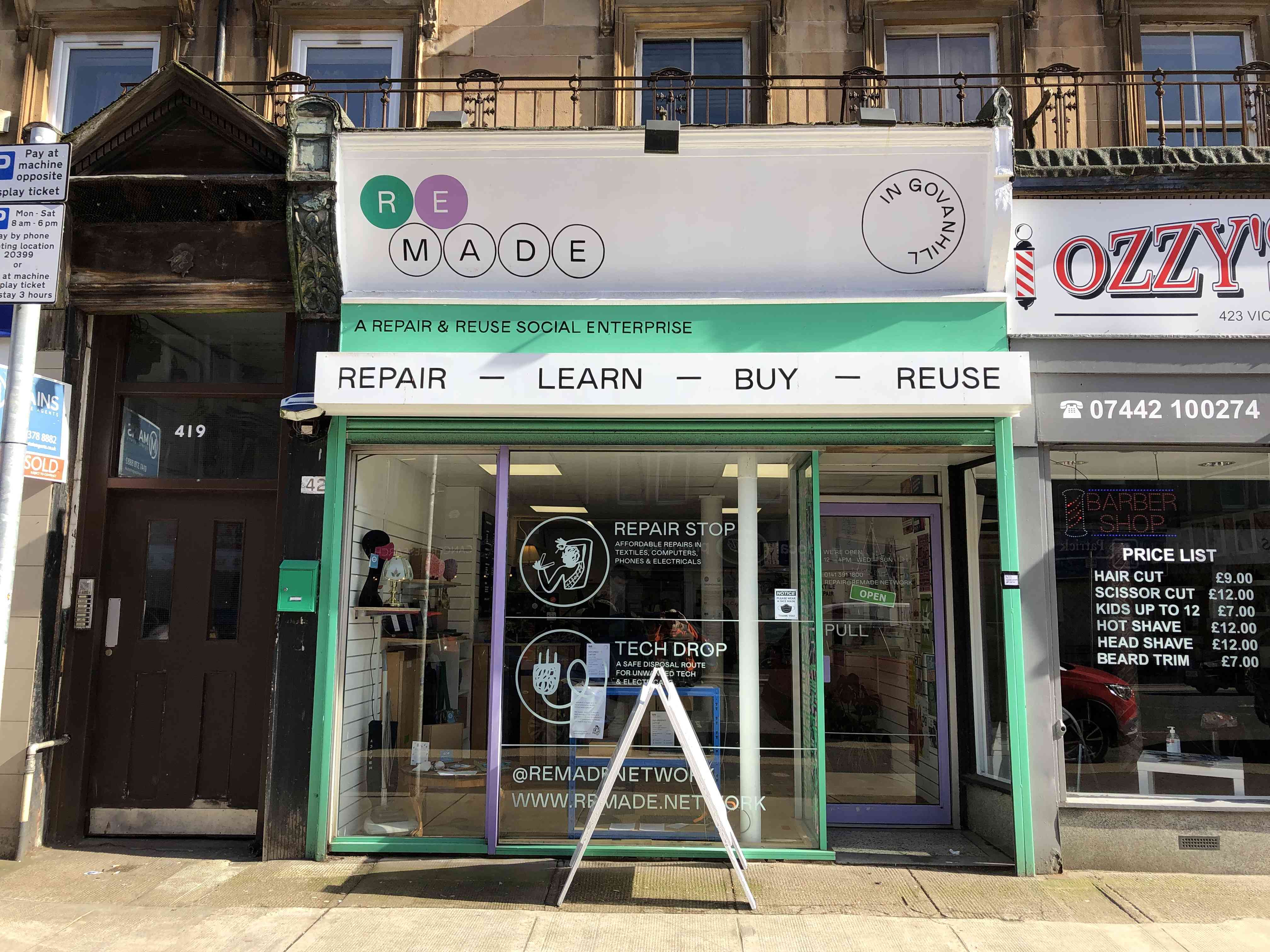
Contributors
Glasgow City Council
Michael Ward, Zeba Aziz, Joseph Harvey and David Dunlop
Community organisations
Lucy Gillie (South Seeds), Bill Fraser (The Pollokshields Trust) and Kevin Kane (The Strathbungo Society)
Header image credit: Architecture and Design Scotland
More examples of the Place Standard in action
Further case study applications of the Place Standard tool and examples of whole-place collaborative working can be found on our website.

